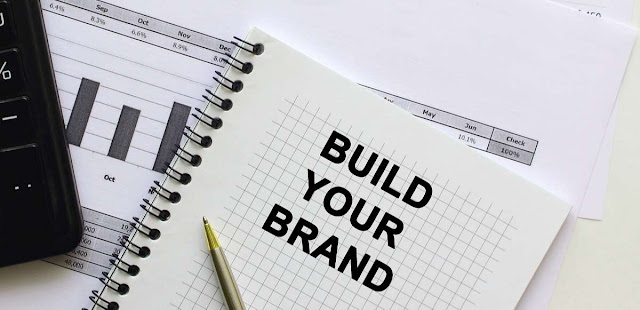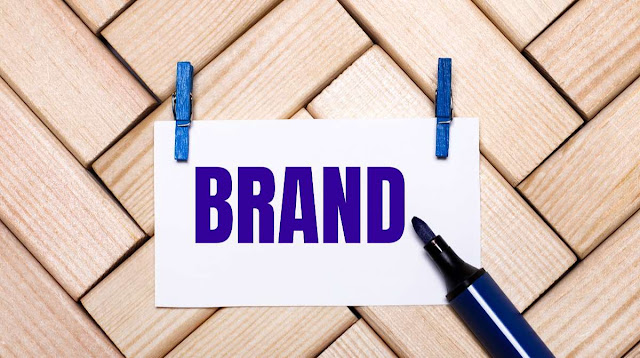A trademark class is a
category in which a trademark is put into. Each class covers certain similar
goods or services which the trademark covers. For example, class 25 covers
clothing. If you apply for a trademark and tell the trademark office that your
trademark will be used to represent shirts, for example, your trademark will be
put into class 25. You can potentially get a trademark for a name that someone
already has a trademark for, if you apply for a different class.
When you apply for a
trademark, you need to tell the trademark office what goods or services this
trademark will represent. For Before reading further, make sure you understand
the basics of what a trademark is. You should know what it means that a
trademark acts as an identifier of source. To get the 101 on trademarks, read What
is a Trademark? first.
example, Coke will tell
the trademark office that the Coca-Cola trademark will be used to represent
soft drinks. When people see Coca-Cola on soft drinks, Coke wants people to
know that the soft drink was made by Coca-Cola. When approved, Coke’s trademark
will prevent people from using the Coca-Cola name on soft drinks, and anything
that is similar to soft drinks. This is because soft drinks was indicated on
Coke’s trademark application. If someone uses the name Coca-Cola on a
completely unrelated product, bookshelves for example, they may be able to do
so since bookshelves are quite different from soft drinks.
When the trademark office
looked at Coke’s trademark application for Coca-Cola, they put the trademark
into class 32 which is the class for most beverages. This is because when Coke
applied for the trademark, they told the trademark office the trademark will be
used to represent soft drinks and the trademark office knew to put the
application into class 32. Now that they have their trademark approved and put
into class 32, the class can help others determine how much protection the
trademark covers. Generally speaking, if Coke has a trademark in class 32, you
likely cannot use their trademark with any product that is also in class 32.
For example, you likely cannot use Coca-Cola to sell juices. Further, if you
applied for the trademark Coca-Cola to try and represent any product in class
32, such as juices for example, you likely will be rejected. This is because
Coke already has a trademark for Coca-Cola in class 32, and you are trying to
apply for the same name to represent goods in the same class Coke already is
in.
Generally speaking again,
if you were to apply for the same name in a different class, you may be able to
get a trademark. Let’s look at an example with the name “Dove”:
You can see above that
there is a Dove soap and there is also a Dove Chocolate, trademarks owned by
two separate companies. The simple explanation as to why they can both own
trademarks for Dove is because they have applied for trademarks in different
classes. Dove owned by Mars is in class 30 for chocolates, whereas Dove owned
by Unilever is in class 3 for soaps.
Related post: What
are the benefits of Trademark registration?
However, there is a
longer explanation. The real reason that both companies can each own a
trademark for Dove is not necessarily because they have applied for goods that
are in different classes, but rather because the trademark office believes that
people buying Dove chocolate will not be confused and think that the chocolate
was made by the company that makes soap. Vice versa, the trademark office
believes that people buying Dove soap will not think the soap was made by the
company that makes chocolate. The key is that the trademark office is convinced
that there is no likelihood to cause confusion by both companies each having
the trademark for the name Dove. In other words, the main reason Dove chocolate
and Dove soap can both exist is because the trademark office considers chocolate
and soap different enough that people will not be confused as to which company
is making each. It just so happens that chocolate and soap are in different
classes, which is usually true when two trademarks of the same name coexist,
but not always.
Building on this concept,
it is possible for two people to have the same trademark and coexist in the
same class. Conversely, it is possible to apply for a trademark that already
exists in one class, but file it in a different class and get rejected. It all
comes down to whether the trademark office thinks the goods and services that
are represented by the two marks are likely to cause confusion with buyers. For
example, Coke has a trademark Coca-Cola for sodas in class 32. Tea drinks are
actually part of a different class, class 30 which is the class for tea and
coffee. If you were to apply for a trademark for Coca-Cola in class 30 for tea,
do you think you would be approved? The answer is likely not. Because tea and
soft drinks are both drinks, it is likely for buyers to be confused if you have
a trademark for Coca-Cola in class 30 and Coke has one for class 32. If you
label your tea as Coca-Cola, buyers will not be sure whether the tea was made
by you, or by Coke, and thus confused as to who made it. In this example, even
though you are applying in a different class than an existing trademark of the
same name, you are likely to be rejected. In an example of the reverse, if you
are applying for a mark in a class where another same mark already exists, you
could still get approved if you can convince the trademark office that the
goods you are selling are so different from the goods of the other mark in the
same class that there would be no confusion to buyers. However, this is
generally difficult since the trademark class system has been designed so that
similar products and services are put into the same class.
So let’s think strategy.
Let’s say you start a company called Widget and you will sell sodas and teas.
You want to prevent others from also selling sodas and teas by the name of
Widget. Should you apply for sodas in class 32 or teas in class 30? The answer,
is for best protection you should apply for both. If you have one trademark for
sodas in class 32 and another for teas in class 30, you ensure that both teas
and sodas are covered. Filing in both classes, however, requires double the
fees. The trademark office charges for each different class you file in. You
may say well let me just file in class 32 for sodas only, I should be fine
since you said earlier if someone else files for the same name in class 30 for
teas they likely would be rejected by the trademark office since teas and sodas
are so similar. This may be true, but do you want to risk it? If someone can
make a convincing argument to the trademark office that the teas they sell will
not cause buyers to be confused with the sodas you sell, they may get the
trademark for teas in class 30. Therefore, to be safe, the best way is to file
for both class 32 and class 30, and pay double the fees needed to do so. This
is how the major corporations do it. They will cover many classes to ensure
that people cannot use their trademark name on practically any good or service.
As of this writing, Coke has 61 trademarks for Coca-Cola and similar variations,
spanning multiple classes.
There are 45 total
trademark classes. When you apply
for a trademark application, you will indicate what goods and
services your trademark will represent. The trademark office will then compare
your trademark to similar trademarks and make a subjective decision as to
whether your mark and what it represents is likely to cause confusion with
another mark and what that mark represents. If the trademark office thinks
there is no likelihood to cause confusion, they will approve. Otherwise, they
will reject and you have an opportunity to argue back for approval. There is no
guarantee that a trademark application will be approved as whether you are
likely to cause confusion with another mark is a subjective determination made
by an examiner at the trademark office. This is true even if nobody has the
exact same name you are applying for. The only way to get a trademark is to
apply and wait for a decision by the trademark office. To maximize your chances
of approval, however, you should apply for trademarks that are as different
from existing trademarks as possible, and list goods and services that are as
different as possible from the goods and services of existing trademarks. You
also don’t get your money back if your application is rejected or filed
improperly, so best file it properly the first time around.
Source: Quora
If you are looking for an
experienced IP
services in Vietnam to help you with your IP application, you should
visit ANTLawyers.vn. Our attorneys have experience with the IP process and will
work closely with you as you apply for your IP.



























.jpg)


